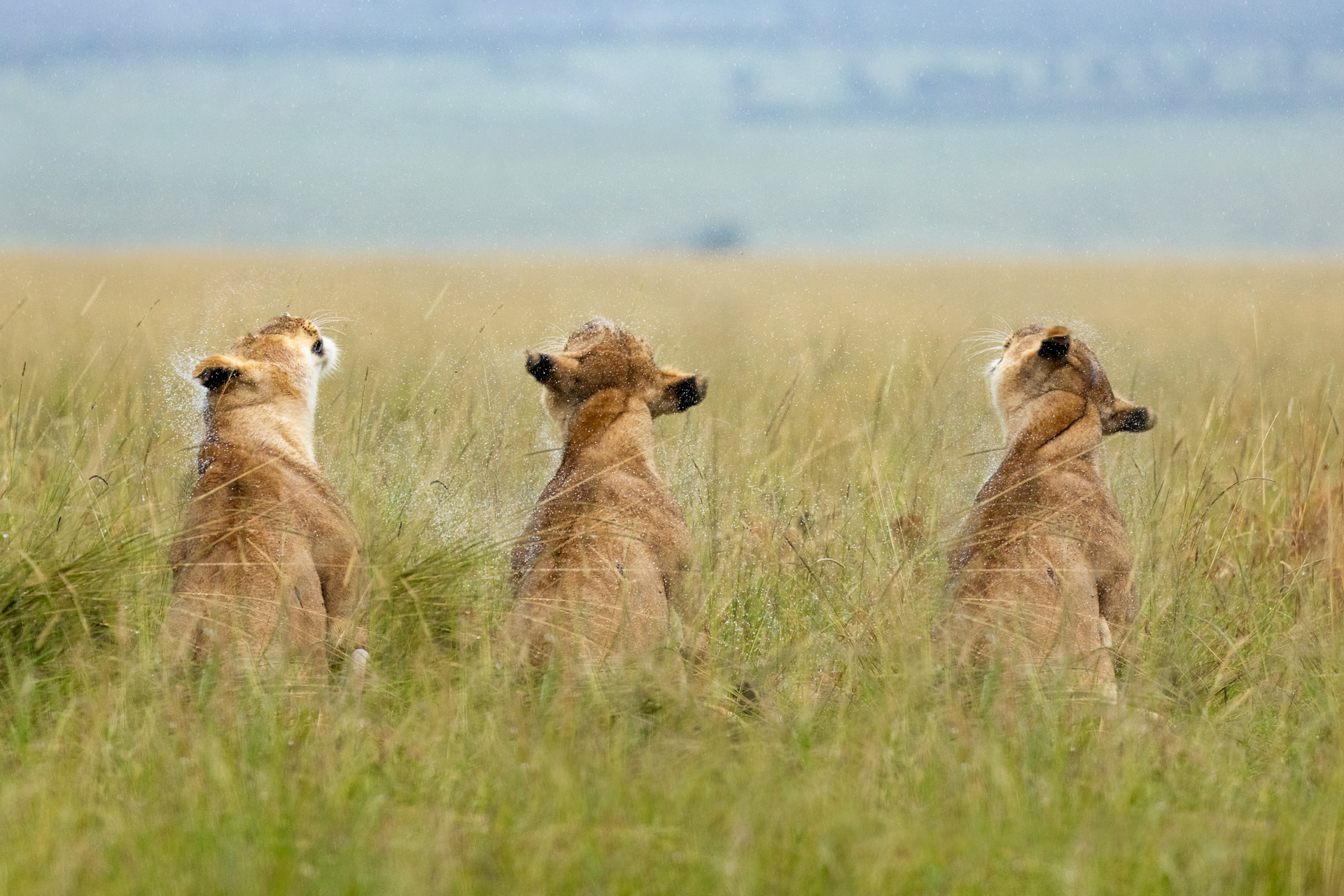
It's been raining cats and dogs this week, kicking off the long rains. This season typically runs from March to May every year, not just in the Mara but throughout Kenya. We hope the drought-stricken parts of the country receive their share of these life-giving rains.

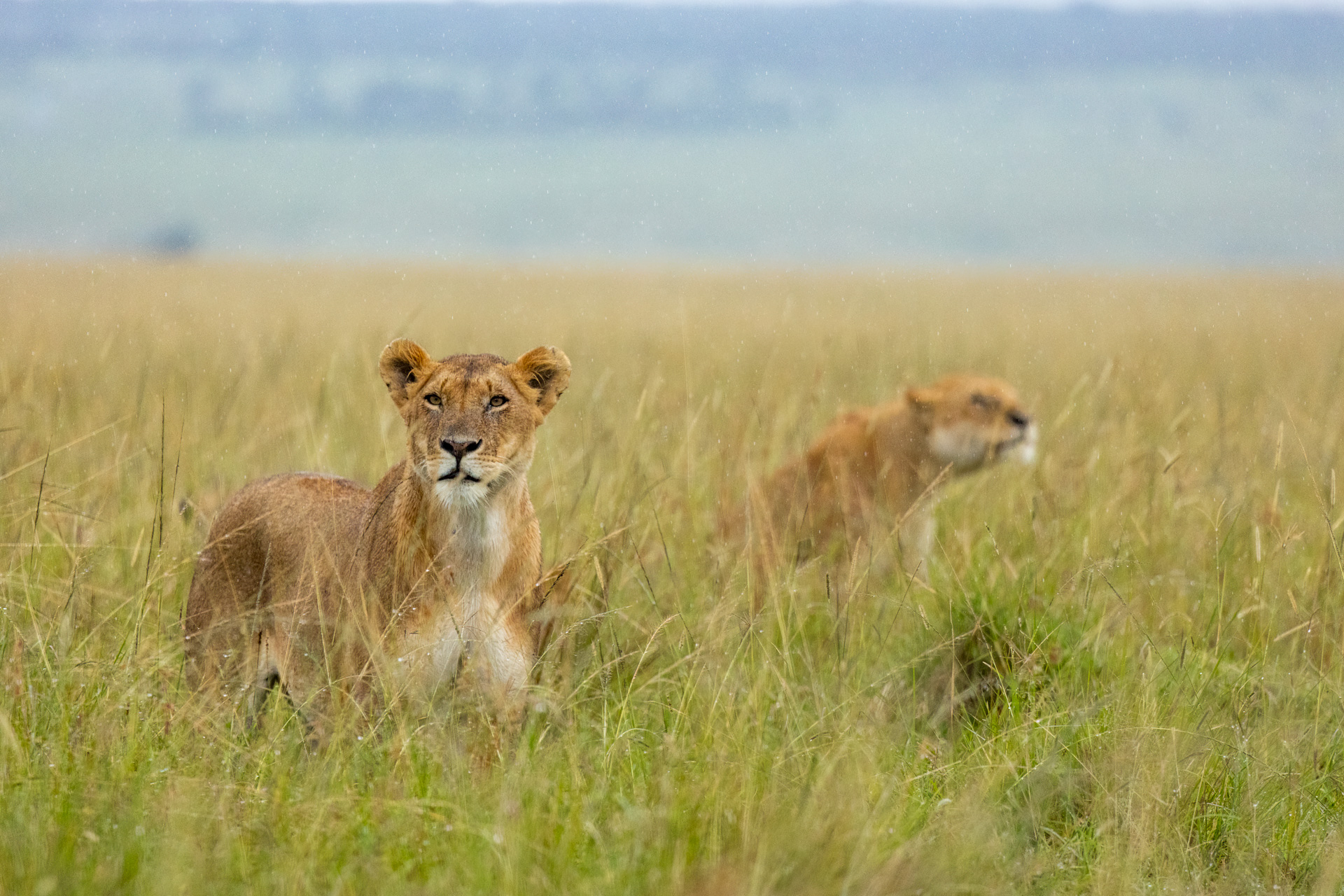
For those of us behind the lens, the rain brings with it an exciting opportunity to capture great images. With the presence of puddles and morning dew, the rain provides the perfect element for creating dramatic photographs — below is a double exposure image of a member of the River Pride performing the quintessential shake. Double exposure is a technique in photography where two or more images are superimposed on top of each other to create a single image to create interesting visual effects.

It was one for the record books as this week our guides spotted the elusive pangolin on three(!) different occasions — quite a rare occurrence. Pangolins are critically endangered in Kenya, with all four species of African pangolin found in the country facing a high risk of extinction. The pangolin populations in Kenya have been rapidly declining due to various factors, including habitat loss, hunting and trafficking.
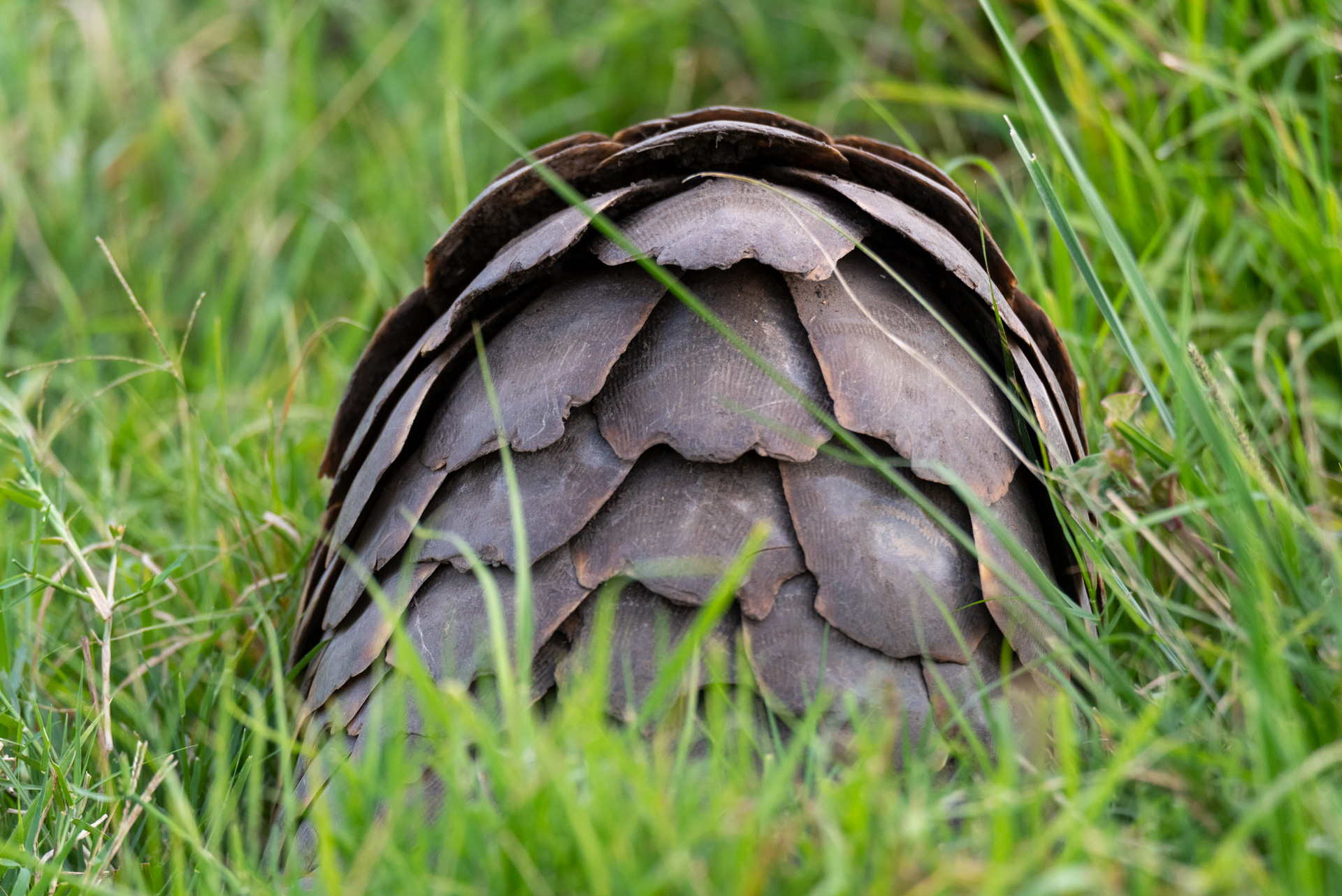
Pangolins are often hunted for their scales, which are used in traditional medicine and for their meat, which is considered a delicacy in some cultures. Coincidentally, a new pangolin research facility has been set up next door to Angama Mara and we are excited to see conservation efforts for this endangered creature taking shape. Our safari guides are already sharing details of pangolin sightings in the Triangle to help facilitate research efforts.
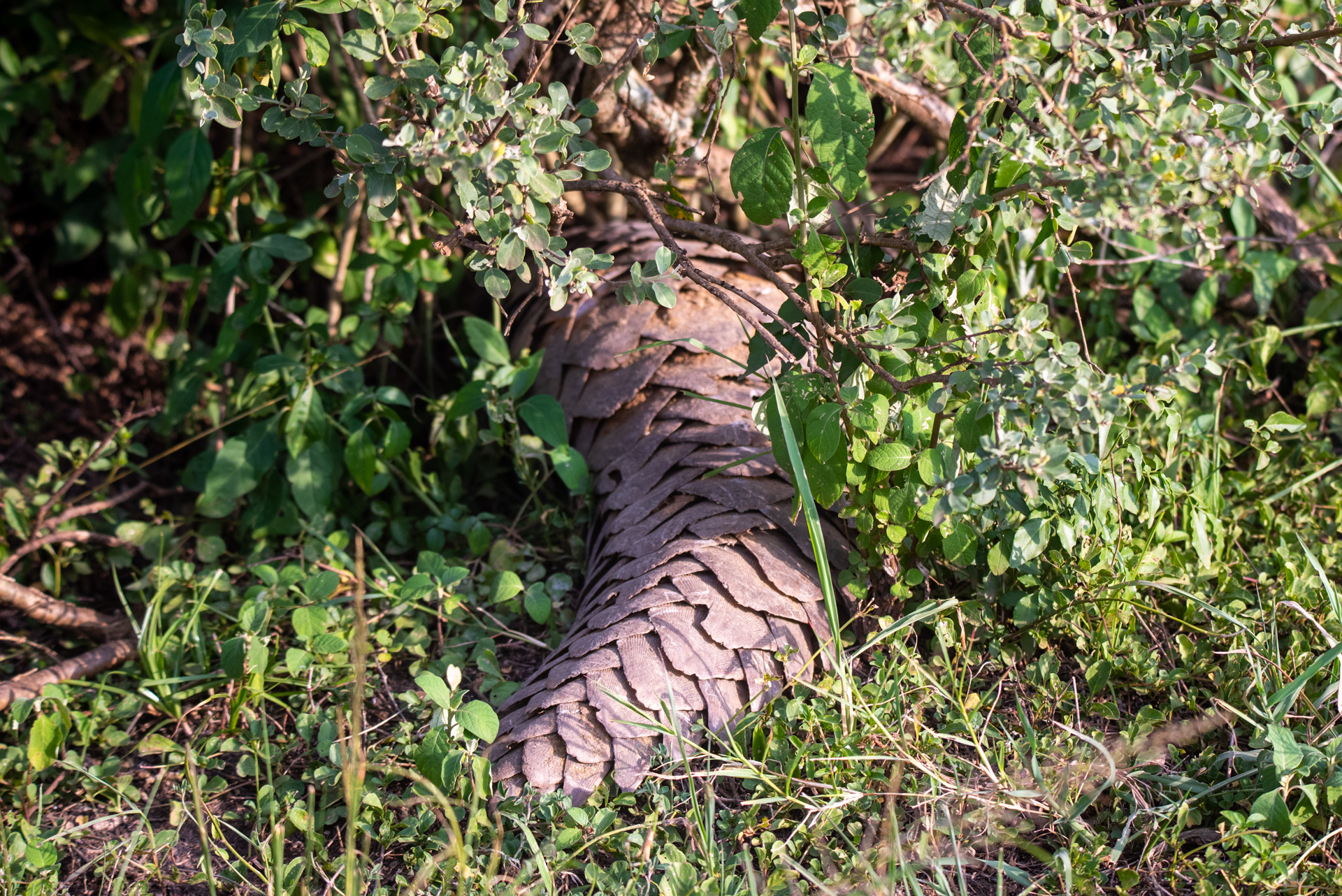
The Bila Shaka boys are back in town but they're not alone. A new male, which we have been spotting in their territory, has already caused enough trouble. He has killed the poor Angama Pride cubs sired by them and now he's trying to steal their girl as we have seen him mating with the Angama lioness on several occasions.
The boys seem to have had a bit of a wild time on the other side of the Mara River and Kiok in particular seems to have come back feeling frisky, wasting no time mating with a female from the River Pride. But now the stage is set for some real drama, as the Bila Shaka boys will try to take back what's rightfully theirs. We're in for some fierce competition in the days to come. Stay tuned...
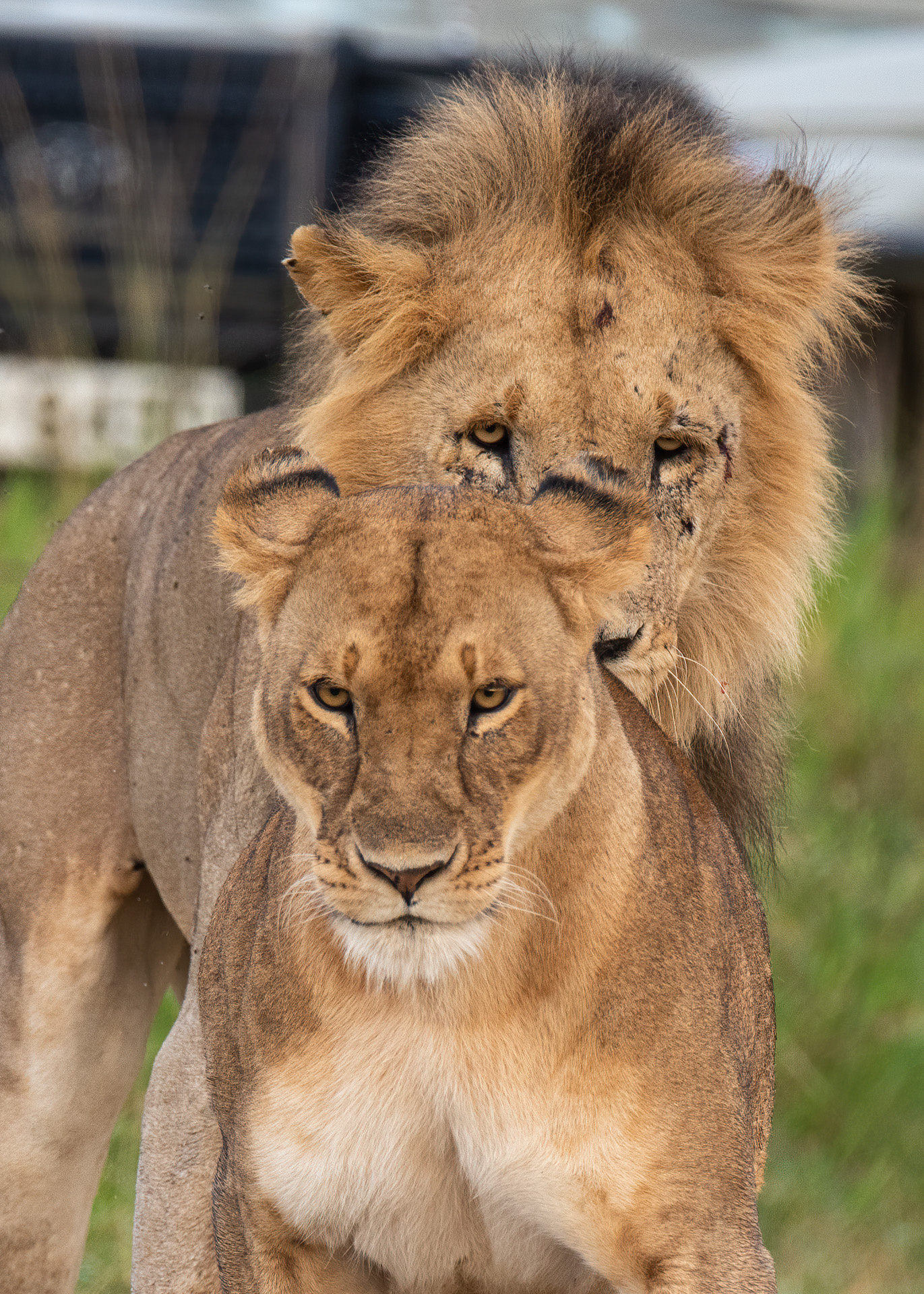
I recently witnessed a fascinating sighting of the Angama lioness and the young male from Owino Pride. The male was deep inside the Bila Shaka territory, near the Shieni Bridge, and approached the female with caution. I heard him roaring from a distance as I observed the Angama lioness lounging on a nearby mound. As he drew nearer, he was walking in stealth mode, sniffing and looking around nervously, as if he knew he was trespassing. It was like watching a teenager trying to sneak out of the house after curfew — but as with all young males, the desire to carve their own path becomes too strong to resist, regardless of the risks involved.
What I found most interesting was the lioness's initial resentment toward the male's approach but then, after a few moments, she seemed to relax, and they both began grooming themselves as if they were preparing for their first kiss. With all these males in her orbit, we are eager to see what happens next, especially now that the big boys — the Bila Shaka — are back on the scene.

Sophie, one of Angama's talented guides and an emerging photographer, captured some great action shots of the Egyptian Pride during a thrilling hunt. Her quick learning skills were put to the test as she brilliantly documented the pride's pursuit and capture of their meal. The guests with her were privileged to witness this raw display of nature's power unfold right before their eyes.

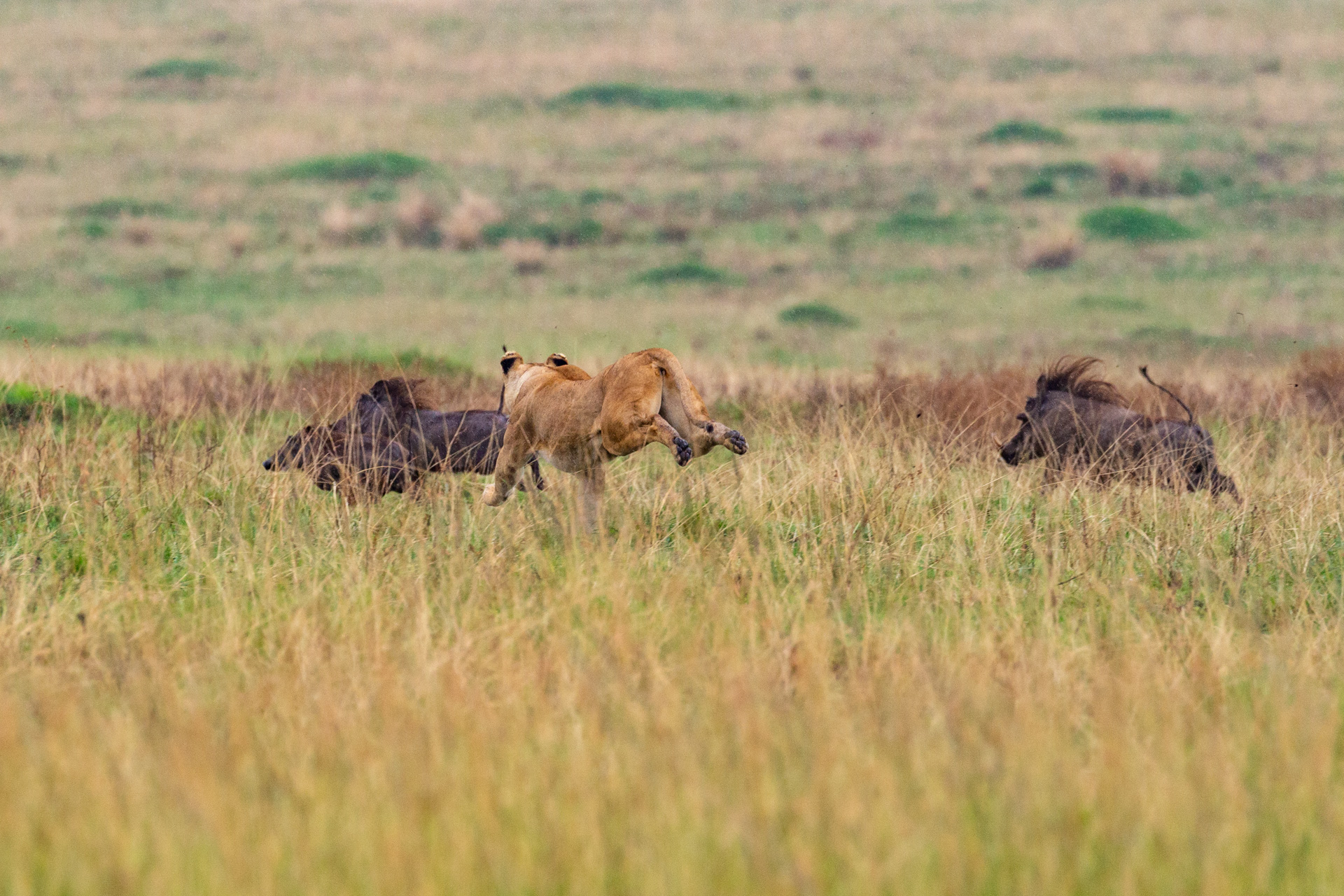

The Nyati Six, a collation of male lions infamous for their dominant behaviour, are becoming a formidable force in the Triangle and are truly mesmerising to observe. As you may recall, last year they eliminated one of the Inselberg males, known as 'Slit Lip', and subsequently pushed the other four brothers out of their territory, eventually taking over the Egyptian Pride.

A few days ago, I was fortunate to spend time with these fierce brothers. Their rippling muscles and glorious manes add to their majesty, and when you lock eyes with their intense gaze, it sends shivers down your spine commanding their respect.
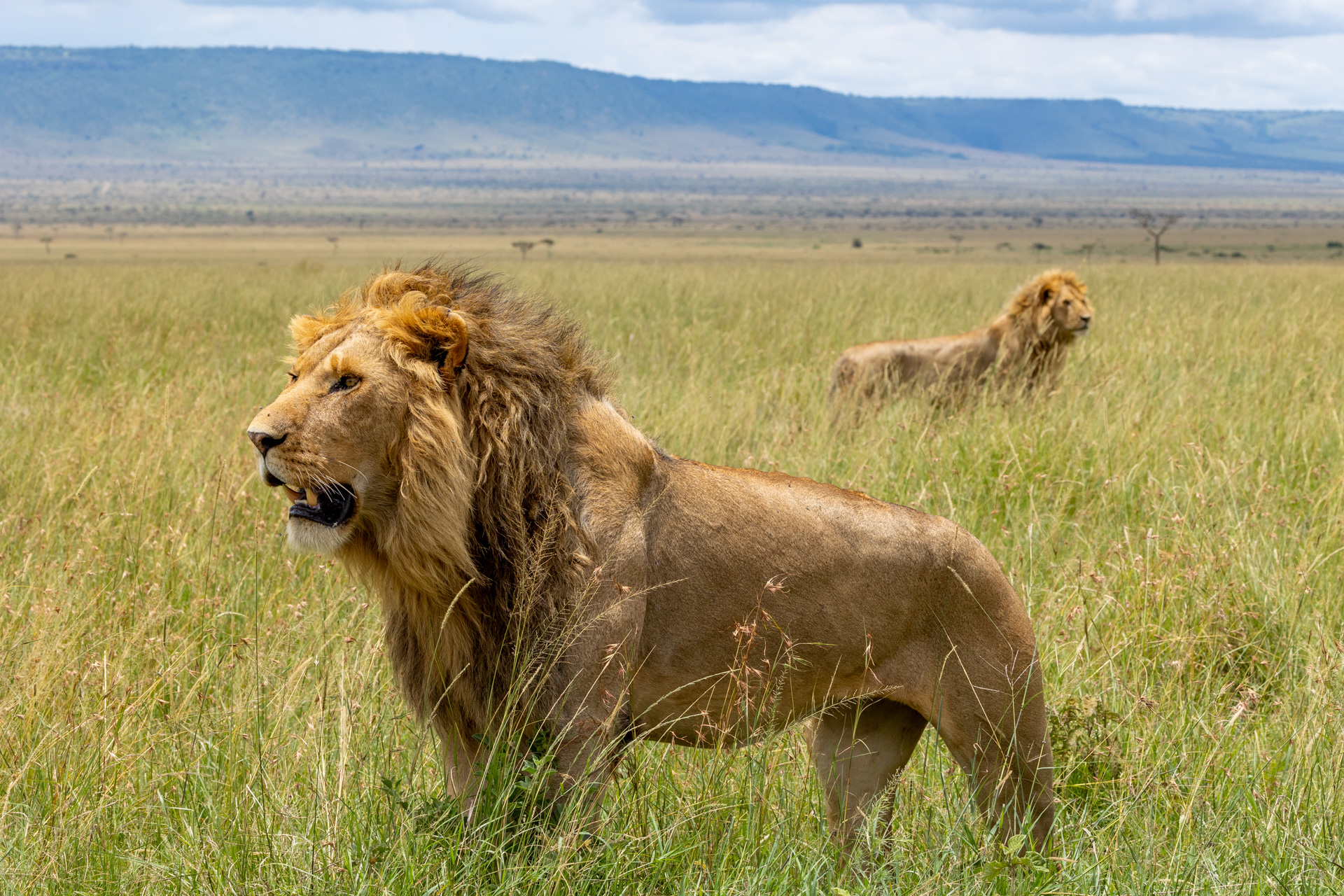
As the Triangle is never short of sightings, we leave you with a few other interesting moments that caught our eye this week.
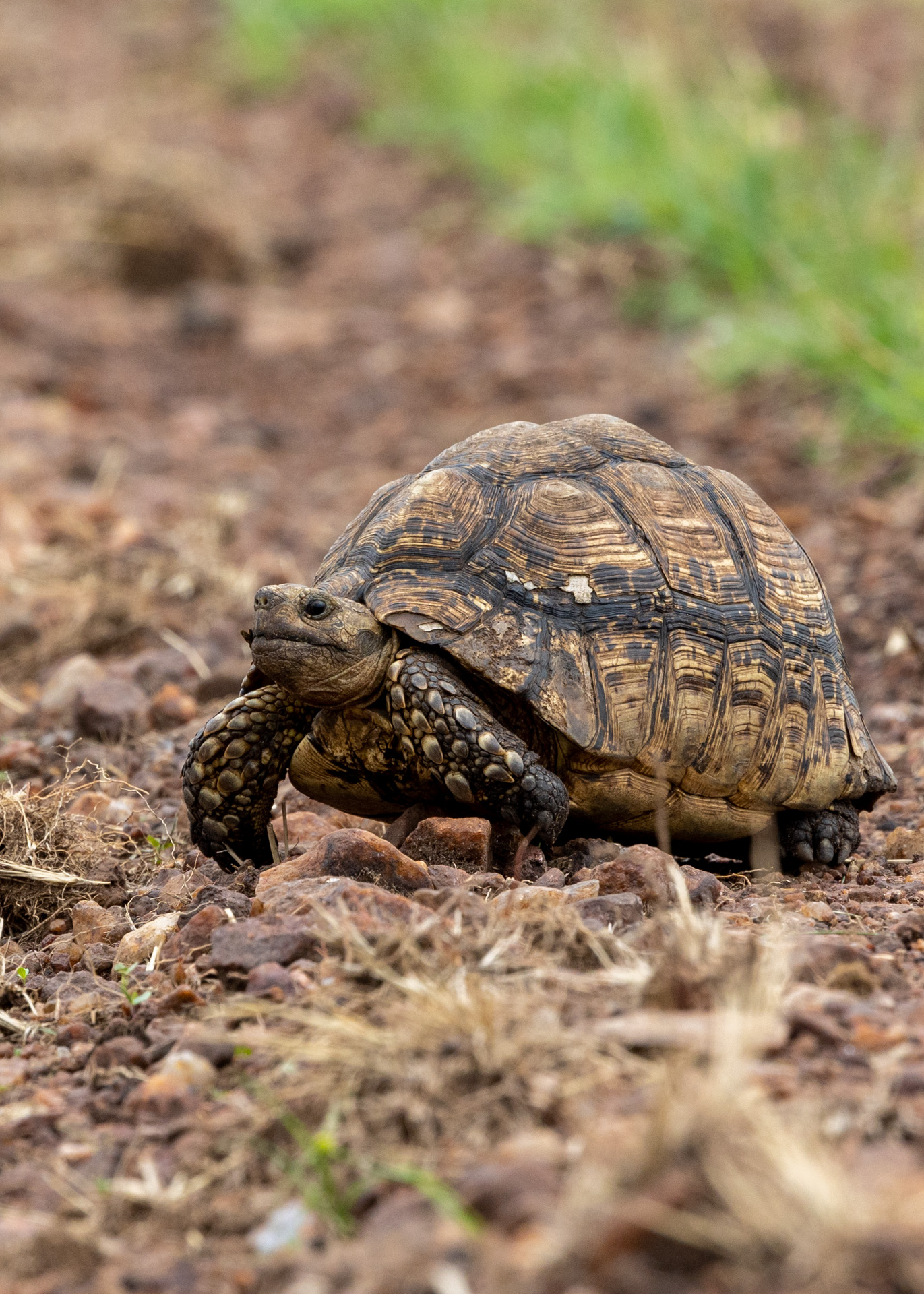



This time last year, Adam watched an elephant carcass being devoured over five days. From lions, hyenas and jackals all the way down to vultures and storks — many were better off with the sacrifice of one.
Filed under: This Week at Angama
Subscribe for Weekly Stories
Comments (0):

Angama Image Gallery